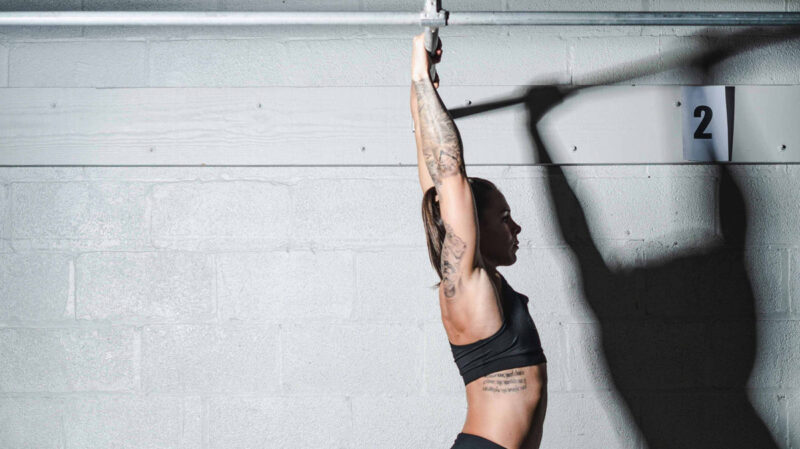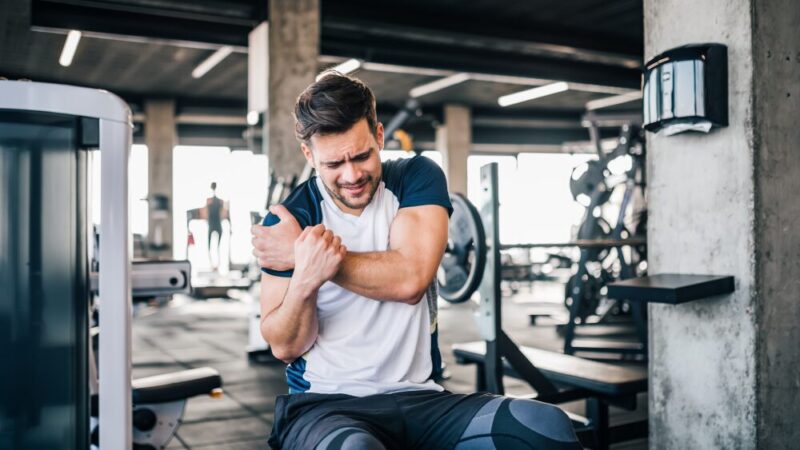From high school varsity sports to professional leagues, athletic overuse injuries continue rising with training demands and early specialization. Regrettably, this sidetracks many promising athletes derailing performance and participation. However, amidst a tough diagnosis or just osteoarthritis warning signs, implementing a holistic performance enhancement and injury management plan rewires outcomes.
By integrating active rest, targeted strengthening exercises, prosocial support, and positive self-talk into their overarching training, athletes bolster both physical and mental resilience. This allows tuning into emerging pain signals early to adjust the workload accordingly. We can prevent deterioration by addressing vulnerabilities through the same diligence applied to skill drills. This overview will equip athletes to direct their fitness destiny proactively, whether recently injured or optimizing for new records pain-free. Get ready to play harder, faster, and smarter guided by an intuitive and integrated approach.
Intelligent Preparation: Dynamic Stretching
Athletes often view extensive stretching and warm-up drills as rote necessities before competition or practice. However, simply going through repetitive motions fails to maximize injury prevention and performance readiness possible. This presents a missed opportunity given dynamic drills’ scientifically validated ability to boost coordination, reaction ability and mental focus pre-competition when programmed effectively.
The key involves tailoring dynamic stretching routines using movement patterns mimicking upcoming athletic demands. Sport-specific routines dynamically lengthen prime movers while activating complementary stabilizers in integrated patterns. For instance, a basketball player would emphasize lateral slides, backpedals and pivots through the hips and ankles with resistance bands or a dynamic stretcher like CastleFlexx.
Meanwhile, tennis players would focus on rotator cuff and thoracic spine mobility drills. Just 15-20 minutes primes neuromuscular reactions for fluidity and preemptively safeguards high-risk joints. Players progress from stiff or static pre-play states into peak readiness to take on game intensities confidently.
Building Balanced Strength as Injury Insurance

While sport practice hones skill specifics, tailored strength and conditioning programs act as foundational insurance for hard-playing athletes. Prehab programs filled with functionally balanced exercises bulletproof joints against excessive wear-and-tear in season. Meanwhile, rehab-focused regimens gently stabilize healing structures post-injury for full capability restoration.
Prehabilitation emphasizes movements resisting rotation or impact forces in ways sports motions cannot. Tactically overloading soft tissue in all planes boosts elastic durability. For example, posterior chain, hip and spine exercises better prepare pitchers’ entire kinetic chains for force absorption beyond just shoulder strengthening.
Post-injury, isolated and eccentric motions first focus on joint integrity before progressively reintroducing explosive efforts. Mastering intrinsic loading dynamics aligns revitalized movement patterns for resilient return to sport. Though less glamorous than flashy skill work, embracing strength’s rehabilitative properties gifts athletes joint stability with years of high performance ahead.
Recovering Right: Restoring Body & Mind
Elite athletic training alternates stress and rest to elicit growth while avoiding breakdown. Yet many young competitors overlook dedicated recovery protocols to their detriment. Insufficient recovery jeopardizes hard-fought performance gains and heightens injury likelihood. Thankfully, integrating targeted modalities like myofascial release, cold therapy immersion, and quality sleep restores strained structures quickly.
Self-myofascial release via foam rolling or trigger point balls alleviates tissue tension accumulation from repetitive movements. Periodizing ice and contrast baths reduces soreness too – cold constricts blood vessels, slowing inflammatory chemical actions for acute pain relief while heat promotes healing nutrient flow. Prioritizing sleep quality and quantity further allows tissues to regenerate most efficiently overnight.
Beyond the physical, scheduled recovery also provides a mental reprieve from rigorous training demands. The layered positive impacts keep athletes primed to deliver their best on game day. Rest days grant just as much performance advantage as intense sessions when programmed strategically.
Getting Ahead of Accumulative Damage

While traumatic sports injuries make highlight reels, gradual overuse issues like tendinitis or joint degeneration disrupt many promising seasons too. Catching and addressing warning signs proactively saves a lot of heartache. Complementary modalities like eccentric movements and trigger point needling relieve areas of pronounced tightness/weakness often neglected in plain strengthening/stretching routines.
Eccentrically resisting motions with time under tension builds tendon tensile strength missing with traditional lifts. Meanwhile, directly needling irritable tissues relaxes restrictive myofascial trigger points and scar tissue exacerbating movement limitations. Using tools like massage guns or dynamic resistance bands further stimulates localized blood flow delivering nutrients compromised from strain.
Layering these supplemental techniques onto conventional active therapy regimens attacks dysfunction from new angles. The fatigue-proofing and balanced mobility benefits accelerate athletes back to competition conditioning without compromising longevity.
Cultivating an Injury Prevention Lifestyle
Competitor longevity ultimately traces back to adopting lifestyle habits and training philosophies fortifying the body and mind alike. Instead of pushing limits assuming robustness will follow, integrating fundamentals like balanced cross-training, intelligent programming variables and ongoing education builds lasting resilience.
Preemptively building whole-body strength in the gym, not just sport-specific muscles, better disperses ensuing forces. Periodizing intense training phases with active rest periods allows adaptation. Cross-training with swimming, yoga or cycling maintains an aerobic base while giving overtaxed joints temporary relief. We also continually learn updated injury risk reduction guidelines as research progresses.
The culmination of evidence-based injury prevention habits provides a buffer against the volatility of competition. Athletes thus perform reliably at high levels with peace of mind that potential setbacks hold only minor, short-lived influence rather than cascading consequences down the road.
Staying the Course Through Ups and Downs

Sports participation brings exhilarating peaks of performance and skill mastery alongside periodic setbacks. In an arena where little proves certain beyond change itself, athletes benefit enormously from establishing consistent foundations of dynamic, whole-body training and timely injury response.
These practices prime competitors physically and mentally to tap full athletic potential through seasons of growth while also shortening slumps brought on by unexpected tweaks or strains. With knowledge and preparation, we become resilient directors of capability rather than passive reactors to circumstances. Confident training continuity fuels the flexible stamina and grit to overcome inevitable performance roller coasters. Here’s to productively channel all the soccer kickabouts, basketball battles, and track test runs yet to come!






